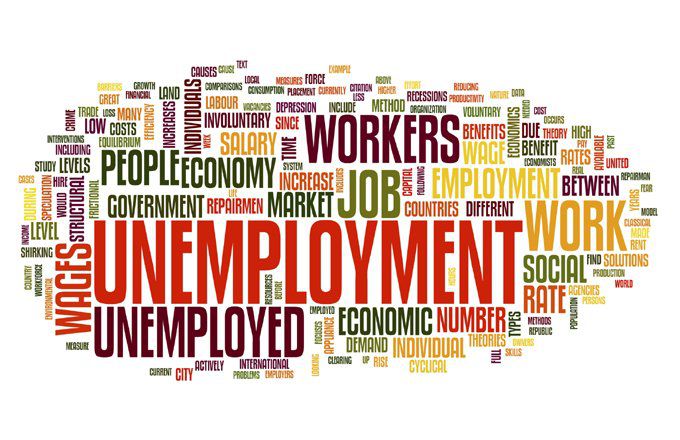Why is low unemployment a bad thing?

Later today the Reserve Bank will meet yet again to determine whether it should continue to push interest rates higher in its continued attempts to bring inflation down or sit on its hands and do nothing as it has for the past two months.
Interestingly most analysts believe the key economic data the Reserve Bank will focus on this time round is the continued low rate of unemployment in Australia with the latest figures for June showing the unemployment rate remained at 3.5 per cent – a fifty year low.
The concern is that unemployment is only so low because the underlying domestic economy is still running so hot that it managed to absorb some 32,6000 additional workers in June. While this remains the case, the fear is inflation will remain high.
This is why the incoming new Reserve Bank Governor Michele Bullock recently suggested unemployment will need to rise to 4.5 per cent for there to a reasonable chance of achieving the bank’s long-term goal of getting inflation down below 3 per cent.
To flesh this out, this would mean 140,000 Australians would need to lose their jobs if the inflation rate is to be brought under control. This of course raises the prospect of whether the medicine is worse than the ailment.
So, the question everyone is asking is will the Reserve Bank push the cash rate up from its current level of 4.1 per cent to 4.35 per cent later today and with that focus on potentially pushing the local economy into recession in order to force the unemployment rate higher?
It’s a closely run thing particularly given that while unemployment remained low in June, retail sales fell by 0.8 per cent in June, which typically is a time of the year where end-of-year sales typically push retail sales higher.
Against all expectations, spending declined across most categories, with the sharpest falls experienced recorded in discretionary areas such as clothes and department stores.
So perhaps the previous twelve rate rises are starting to have some impact and people are starting to tighten their belts and spend less.
It also seems it is starting to have some impact on house prices with home values falling by 4.9 per cent on average during the past twelve months. While this is less than expected, market analyst Corelogic suggests it does show that higher interest rates are having some impact on house prices.
So there will be a lot for the Board of the Reserve Bank to think about today when they make yet another decision about lifting interest rates yet again.
